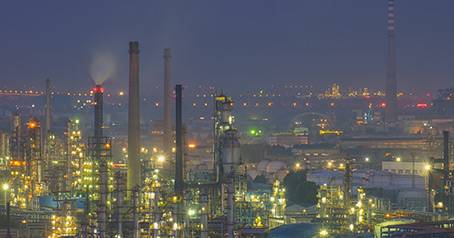Oct . 13, 2024 20:23 Back to list
Understanding PPR Pipe Characteristics and Applications in Modern Plumbing Systems
Understanding PPR Pipe Benefits and Applications
PPR (Polypropylene Random Copolymer) pipes have become increasingly popular in various plumbing and construction applications over the past few decades. Their durability, lightweight nature, and resistance to corrosion make them an ideal choice for transporting water and other fluids. This article delves into the characteristics, advantages, and applications of PPR pipes, exploring why they have become a preferred material in modern piping systems.
Characteristics of PPR Pipe
PPR pipes are made from a thermoplastic material renowned for its excellent chemical resistance, high temperature tolerance, and flexibility. One of the standout features of PPR is its ability to handle temperatures ranging from -20°C to 95°C, making it suitable for both hot and cold water applications. The smooth inner surface of PPR pipes prevents the build-up of deposits and minimizes the risk of blockages over time, which is often a problem with traditional metal pipes.
Another key characteristic of PPR pipes is their lightweight nature. Compared to metal piping options, PPR is significantly lighter, making installation easier and reducing transportation costs. Additionally, PPR pipes are available in a range of sizes, suitable for various applications, from residential plumbing to large industrial systems.
Advantages of PPR Pipe
1. Corrosion Resistance Unlike metal pipes, which can corrode over time due to exposure to water and air, PPR pipes do not react with the transported substances. This resistance to corrosion ensures a longer lifespan and reduces maintenance costs over time.
2. Low Thermal Conductivity PPR has low thermal conductivity, which means it can help maintain the temperature of the fluids being transported. This is particularly advantageous in hot water systems, as it minimizes heat loss and improves energy efficiency.
ppr pipe

3. Joinability PPR pipes can be easily joined using heat fusion techniques, creating strong connections that eliminate the risk of leaks. This method of joining also avoids the need for additional fittings, allowing for smoother flow and reducing potential pressure points in the system.
4. Eco-Friendly PPR is a recyclable material, and its production generates fewer harmful emissions compared to metal pipes. This eco-friendliness aligns with the increasing demand for sustainable construction materials, making PPR a smart choice for environmentally conscious projects.
5. Cost-Effectiveness Although the initial cost of PPR pipes may be comparable to other piping materials, their durability and low maintenance requirements make them a cost-effective option in the long run. Reduced installation time due to their lightweight nature also contributes to cost savings.
Applications of PPR Pipe
PPR pipes are versatile, finding use in a wide range of applications. In residential buildings, they are commonly used for plumbing systems, including hot and cold water supply lines. In commercial settings, such as hotels and hospitals, PPR pipes are ideal for complex plumbing systems due to their reliability and ease of installation.
In industrial applications, PPR pipes can transport chemicals and aggressive fluids without risk of corrosion. They are also increasingly used in heating systems, cooling systems, and irrigation applications, showcasing their adaptability across various sectors.
Conclusion
In conclusion, PPR pipes are fast becoming a favorite in the plumbing and construction industries due to their exceptional properties and benefits. With their corrosion resistance, ease of installation, and eco-friendly credentials, PPR pipes offer a modern solution to traditional piping challenges. As more professionals recognize the advantages of PPR, it’s likely these pipes will continue to play a vital role in ensuring safe and efficient fluid transportation in homes, industries, and infrastructure projects around the globe. By choosing PPR pipes, builders and contractors can invest in a future-proof piping solution that meets the demands of today's construction challenges.
-
High-Quality PPR Pipes and Fittings Durable ERA PPR & PVC PPR Solutions
NewsJul.08,2025
-
Black HDPE Cutting Board - Durable, Non-Porous & Food Safe HDPE Plastic Cutting Board
NewsJul.08,2025
-
High-Quality CPVC Panel Durable HDPE & PVC Panels Supplier
NewsJul.08,2025
-
Double PE Welding Rod Supplier - High Strength, Durable & Versatile Welding Solutions
NewsJul.07,2025
-
High-Quality PVC-O Pipe Supplier Durable 75mm PVC Pipe & Connections Leading PVC Pipe Company
NewsJul.07,2025
-
HDPE Drainage Pipe Supplier – Durable & Corrosion-Resistant Solutions
NewsJul.06,2025

